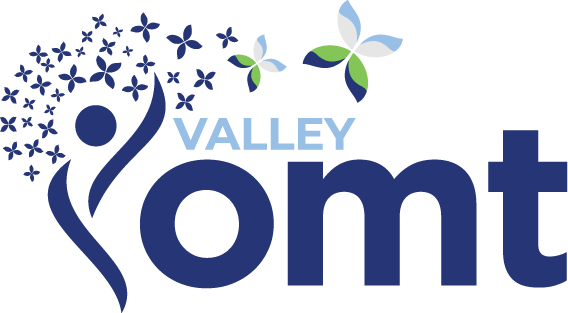Orofacial myofunctional disorders (OMDs) may not be as widely recognized as some other dental conditions, but they can significantly impact oral health, speech, and overall well-being. In this comprehensive guide, we will delve into the intricacies of OMDs, exploring what they are, their causes, symptoms, diagnosis, treatment options, and the importance of early intervention.
What are Orofacial Myofunctional Disorders?
Orofacial myofunctional disorders refer to abnormal patterns of muscle function and incorrect habits involving the tongue, lips, jaw, and face during rest, swallowing, and speech. These disorders can arise from various factors, including genetics, environmental influences, oral habits, and anatomical anomalies.
Causes:
The causes of OMDs are multifactorial and may include:
-
Genetics: Some individuals may inherit certain muscle patterns or oral structures that predispose them to OMDs.
-
Mouth breathing: Chronic mouth breathing, often due to nasal congestion or obstruction, can lead to improper tongue posture and muscle imbalance.
-
Thumb sucking and pacifier use: Prolonged habits such as thumb sucking or pacifier use can affect the development of the orofacial muscles and dental arches.
-
Tongue tie (ankyloglossia): A condition where the lingual frenulum restricts the movement of the tongue, potentially leading to compensatory muscle patterns.
-
Structural abnormalities: Craniofacial anomalies or dental malocclusions may contribute to OMDs by altering oral muscle function.
Symptoms of Orofacial Myofunctional Disorders:
OMDs can manifest in various ways, and individuals may experience a combination of the following symptoms:
-
Open mouth posture at rest
-
Tongue thrust swallowing pattern
-
Forward resting posture of the tongue against the teeth
-
Speech difficulties, such as lisping or articulation errors
-
Malocclusions or dental misalignments
-
Temporomandibular joint (TMJ) dysfunction
-
Sleep disturbances, including snoring or sleep apnea
Diagnosis and Evaluation:
Diagnosing OMDs involves a comprehensive evaluation by a qualified orofacial myofunctional therapist from Cumberland OMT or a multidisciplinary team consisting of dentists, speech-language pathologists, and orthodontists. Assessment typically includes:
-
Clinical examination of oral posture, swallowing, and speech patterns
-
Observation of facial muscle function and resting posture
-
Assessment of dental and skeletal alignment
-
Evaluation of airway function and breathing patterns
-
Identification of contributing factors such as tongue tie or nasal congestion
Treatment Options:
OMDs are treatable, and intervention aims to retrain orofacial muscles, correct dysfunctional habits, and promote optimal oral function and health. Treatment modalities may include:
-
Orofacial myofunctional therapy: Individualized exercises and techniques to improve muscle strength, coordination, and posture.
-
Myofunctional appliances: Customized oral appliances designed to facilitate proper tongue position and encourage nasal breathing.
-
Orthodontic intervention: Orthodontic treatment, including braces or aligners, to address dental malocclusions and align the teeth.
-
Tongue tie release: Surgical or laser-assisted procedures to release restrictive lingual frenula and improve tongue mobility.
-
Collaboration with other healthcare providers: Coordinating care with ENT specialists, dentists, orthodontists, and speech therapists to address underlying issues contributing to OMDs.
Importance of Early Intervention:
Early identification and intervention are crucial for managing OMDs effectively and preventing potential complications. By addressing dysfunctional habits and promoting proper orofacial muscle function during childhood, individuals can achieve improved speech, breathing, swallowing, and overall oral health outcomes.
Orofacial myofunctional disorders encompass a range of conditions affecting oral muscle function and habits, with significant implications for speech, dental health, and overall well-being. Through comprehensive evaluation, personalized treatment approaches, and interdisciplinary collaboration, individuals with OMDs can achieve functional and aesthetic improvements, leading to enhanced quality of life. Awareness, early intervention, and ongoing management are key in addressing OMDs and supporting optimal oral function and health throughout the lifespan. Contact our team today to schedule a consultation!
